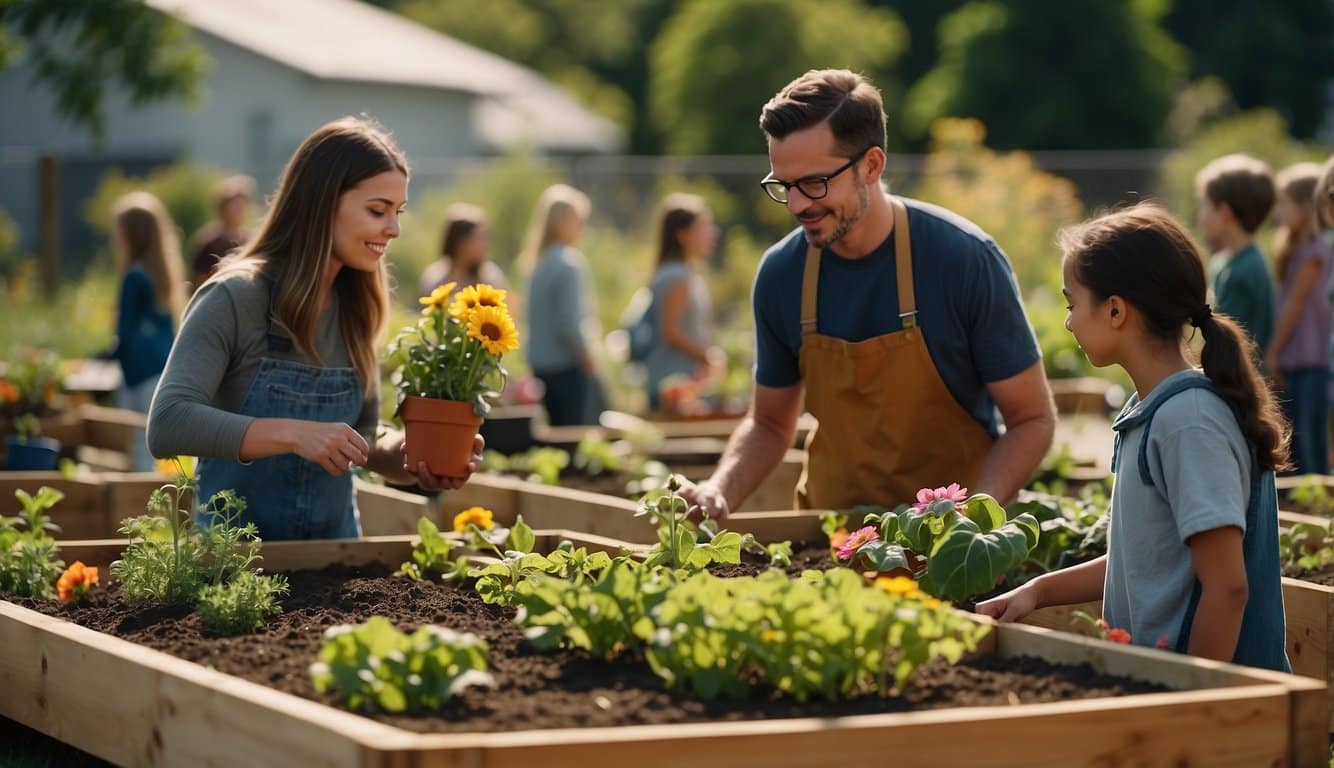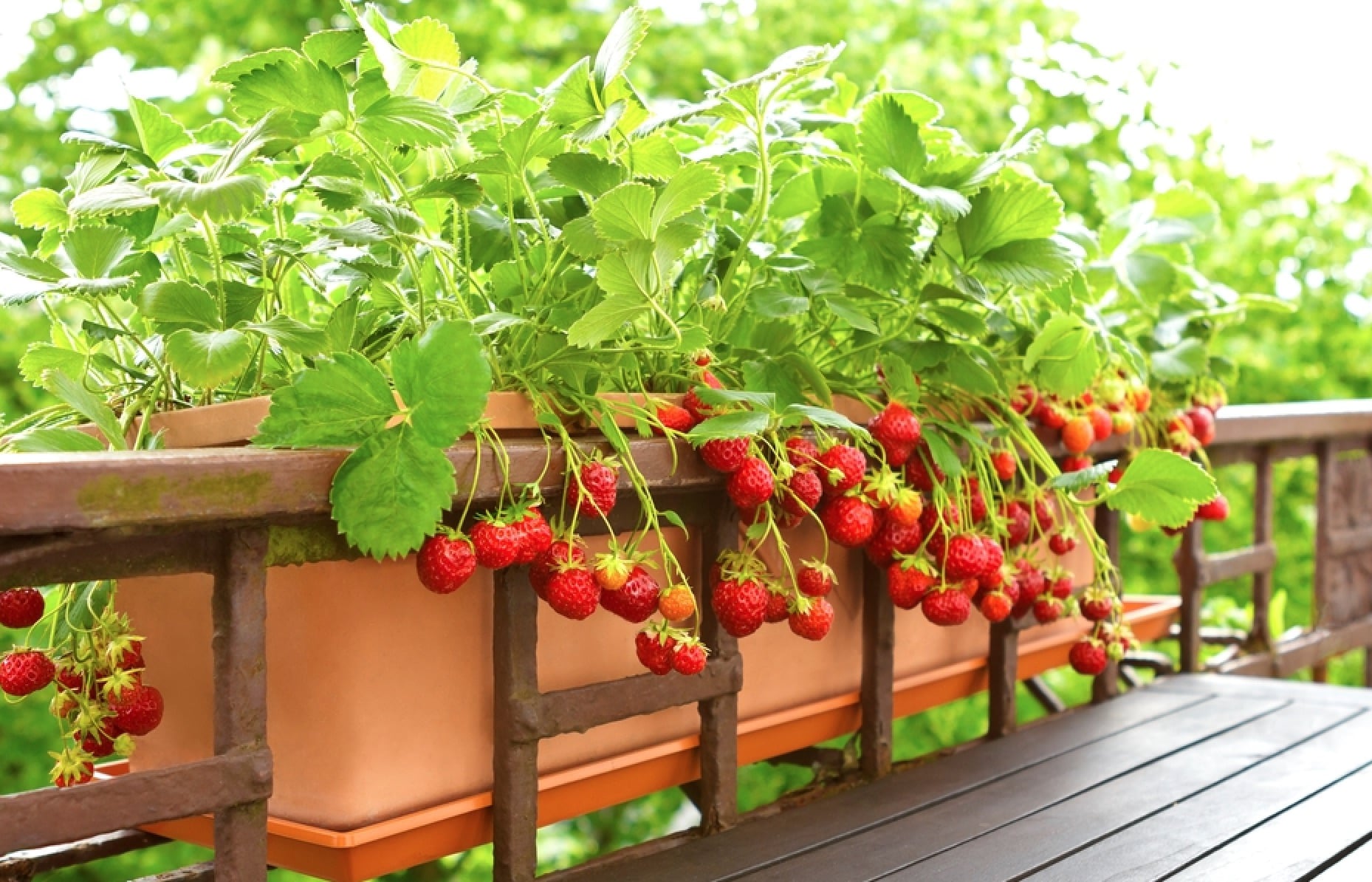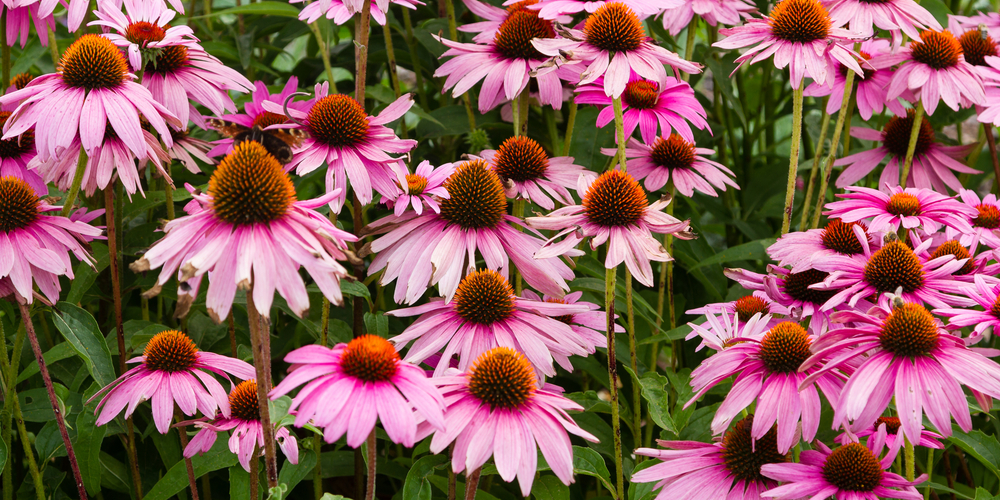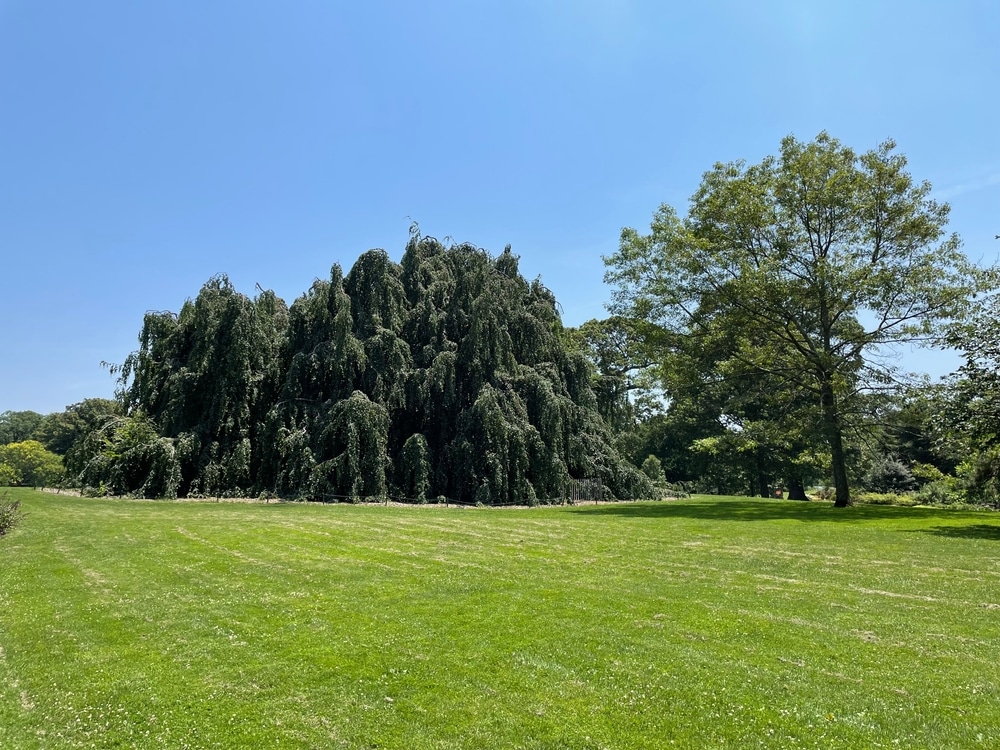Illinois Growing Seasons: An Overview
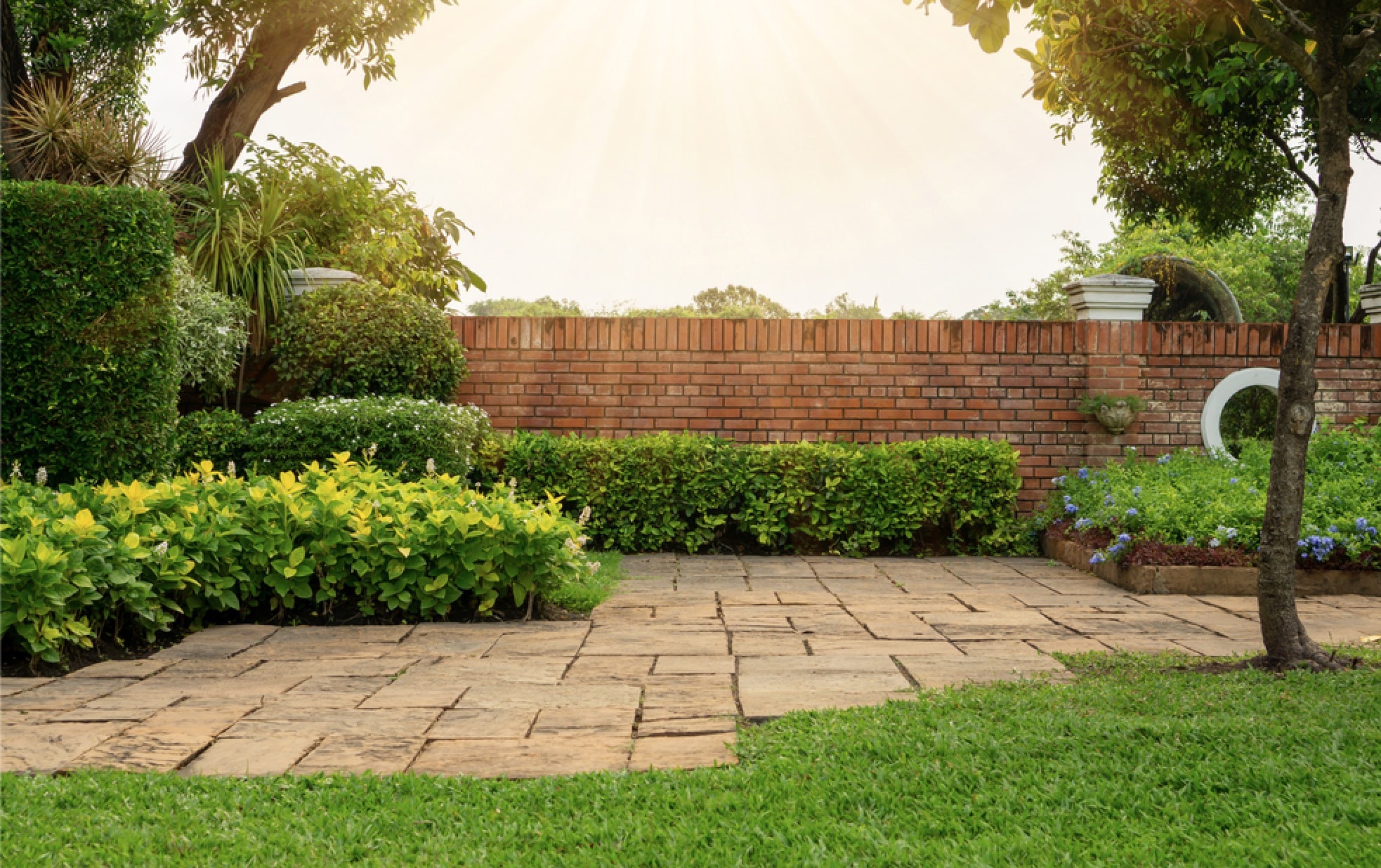
In Illinois, your gardening activities must adapt to the varying lengths of growing seasons, with the shortest in the north at 180 days and the longest in the south at 215 days.
Accurately timing your planting can leverage each season’s distinct weather patterns to optimize your garden’s yield.
Spring Planting Guide
Spring in Illinois starts slowly with the last frost dates ranging from early April in southern areas to late April or early May in northern regions.
Use this period to plant cold-hardy veggies such as:
- Lettuce (seeds or transplants)
- Spinach (seeds)
- Peas (seeds)
- Radishes (seeds)
As the soil warms, progressively move towards planting:
- Tomatoes (transplants after the last frost)
- Peppers (transplants after the last frost)
- Squash (seeds after the last frost)
Summer Planting Guide
Summer’s heat is your cue to plant items that thrive in warmer temperatures.
Start these either as seeds or transplants:
- Sweet corn (early summer, seeds)
- Cucumbers (seeds or transplants)
- Green beans (seeds)
- Zucchini (seeds)
Midsummer is ideal for sowing fall-harvested crops:
- Carrots (seeds)
- Beets (seeds)
Fall Planting Guide
Fall brings cooler temperatures back, and with the first frost dates starting in October for southern Illinois and earlier for northern counties, timing is crucial.
Use fall to plant:
- Kale (transplants, 6-8 weeks before the first frost)
- Broccoli (transplants, 6-8 weeks before the first frost)
Winter Considerations
Winter in Illinois typically isn’t conducive to growing; however, you can prepare for the next season by:
- Mulching to protect perennials and soil
- Planning your garden layout and choosing next season’s varieties
- Ordering seeds ahead to ensure you have what you need when the time comes.
Best Practices for Illinois Gardening
Successful gardening in Illinois starts with understanding the unique challenges and opportunities the Midwest climate offers.
Your gardening endeavors can flourish with proper soil preparation, efficient irrigation, and effective pest management.
Soil Preparation
To ensure your garden thrives, begin with soil testing to measure pH and nutrient levels.
In Illinois, soil pH generally ranges from 5.5 to 7.5, optimal for many plants.
- Amend soil based on test results:
- For acidic soil, add lime.
- For alkaline soil, incorporate sulfur or aluminum sulfate.
Before planting, till the soil to a depth of about 12 inches and mix in organic matter like compost to improve soil structure and fertility.
Irrigation Tips
Proper watering is essential for plant health and water conservation. Consider the following strategies:
- Utilize drip irrigation systems for efficient water delivery directly to the roots.
- Water early in the day to reduce evaporation.
- Mulch around plants to retain moisture and regulate soil temperature.
Monitor your garden’s moisture with a simple soil moisture gauge to avoid over or under-watering.
Pest Management
Illinois gardens can encounter a variety of pests, from insects to mammals. To protect your garden:
- Install fencing or bird netting to deter animals like birds, chipmunks, and squirrels, especially for fruit-bearing plants such as strawberries.
- Employ companion planting techniques to naturally repel pests. For instance, planting marigolds near tomatoes can deter nematodes.
- For insect pests, consider insecticidal soaps or horticultural oils as less harmful alternatives to chemical pesticides.
Vegetable Gardening by Season
In Illinois, meticulous planning is key to a bountiful vegetable garden, taking into consideration the state’s varying weather patterns and seasons.
Vegetables for Spring
Cool-season vegetables thrive in Illinois springs. Your garden can start off strong with crops that perform well in cooler temperatures.
- Onions: Plant as soon as the soil is workable.
- Carrots: Sow seeds directly in the garden in early spring.
- Kale: Plant early for a tender and sweet harvest.
Vegetables for Summer
As the soil warms up, focus on vegetables that can handle the Illinois heat.
- Beans: Direct sow after the danger of frost has passed.
- Tomatoes: Plant seedlings after the last frost date for a summer-long supply.
- Cucumbers: These are best planted when the soil temp is consistently above 70°F.
Vegetables for Fall
Extend your harvest by planting these vegetables in late summer for a fall yield.
- Lettuce: Start in late summer for a fall harvest as it tolerates light frosts.
- Broccoli: Mid-summer planting can result in a delicious fall crop.
- Spinach: Sow seeds in late summer to early fall, as it grows well in cool weather.
Ornamental and Native Plants
Embrace the beauty and ecological benefits of ornamental and native plants in Illinois through a selection that thrives across varying seasons. These plants not only enhance your garden’s aesthetic but also support local wildlife and biodiversity.
Flowering Perennials
Purple Coneflower (Echinacea purpurea): A beloved prairie plant that offers vibrant purple-pink flowers which are magnets for pollinators like bees and butterflies. It’s remarkably resilient, drought-tolerant, and can bloom from early to late summer.
Big Bluestem (Andropogon gerardii): A strikingly tall prairie grass, it flaunts blue-green leaves. Enjoy its foliage that transitions to a stunning reddish hue come fall.
Shrubs and Trees
- Red Buckeye (Aesculus pavia): Known for its showy panicles of red flowers in spring, this large shrub attracts hummingbirds and thrives in part shade to full sun.
- Spicebush (Lindera benzoin): Exhibits yellowish, fragrant flowers and grows well in part to full shade, requiring more water during dry spells.
Native Illinois Plants
Natives for Healthier Ecosystems:
- Food for Pollinators: Plants like the Purple Coneflower provide essential sustenance for bees and butterflies.
- Adaptation to Local Conditions: Native species such as Big Bluestem are tailored to thrive in Illinois climates, making them low-maintenance and sustainable choices for your garden.
Lawn Care and Maintenance
To ensure a lush, green lawn throughout the varying seasons in Illinois, you need a strategic lawn care and maintenance schedule tailored to the state’s climate zones, which range from 5a to 7a.
Spring:
In early spring, a light application of slow-release or organic fertilizer will invigorate your lawn post-winter.
Begin fertilizing only once your lawn requires its first mow to prevent waste and avoid promoting premature growth.
- Mowing: Start mowing when grass reaches about 3 inches in height.
- Aeration: Perform aeration to alleviate soil compaction.
- Weed Control: Apply pre-emergent herbicides if needed.
Summer:
Regular watering and mowing are crucial due to the higher temperatures and potential droughts common in Illinois summers.
Mow to a height of approximately 3 inches to protect the soil from sun exposure and preserve moisture.
-
- Watering: Provide 1 to 1.5 inches of water per week either through rainfall or irrigation.
- Pest Control: Keep an eye out for grubs or other lawn pests and treat accordingly.
Fall:
Late summer to early fall is ideal for seeding cool-season lawns. In northern Illinois, this period starts from early August. Meanwhile, in the southern parts of the state, it begins in September.
-
-
- Seeding: Optimal times by region:
- Northern Illinois: Early August to early September
- Central Illinois: Mid-August to Mid-September
- Southern Illinois: September
- Fertilization: Apply a winterizer fertilizer late in the season to prepare the lawn for winter months.
- Seeding: Optimal times by region:
-
Winter:
During winter, minimal lawn care is required. However, it’s important to keep the lawn clear of debris. Also, avoid excess traffic on the grass to prevent damage to the dormant lawn.
Frequently Asked Questions
Explore some common queries to enhance your gardening plans in Illinois, ensuring a vibrant and productive garden throughout the year.
What are the best vegetables to grow in Illinois during the spring season?
In Illinois, spring offers a great opportunity to grow a variety of vegetables. Cool-season crops like lettuce, spinach, radishes, and peas thrive in the milder temperatures of spring.
Which perennials are ideal for planting late in the season in Illinois?
For late-season planting, perennials such as asters, chrysanthemums, and goldenrod can be ideal. They are hardy and can establish themselves before the winter.
What is the recommended planting schedule for a vegetable garden in Illinois?
Your vegetable planting schedule should start with cool-season crops as early as April. Meanwhile, warm-season crops like tomatoes and peppers should be planted after the last frost. This is typically from mid-May onwards.
Which fruits yield well in the Illinois climate and when should they be planted?
Fruit trees like apples, pears, and peaches are well-suited to Illinois. They should be planted in early spring. Berry bushes, such as raspberries and blueberries, can also be planted in the spring when the ground is workable.
When is the optimal time to start a garden in Illinois?
The optimal time to start a garden in Illinois varies by region. Southern parts can begin in March, central areas in April, and Northern regions should wait until May for warm-season crops.
What vegetables are suitable for winter planting in Illinois?
For winter planting, you can focus on cold-hardy vegetables such as kale, garlic, and overwintering onions. These can be planted in the fall for an early spring harvest.
